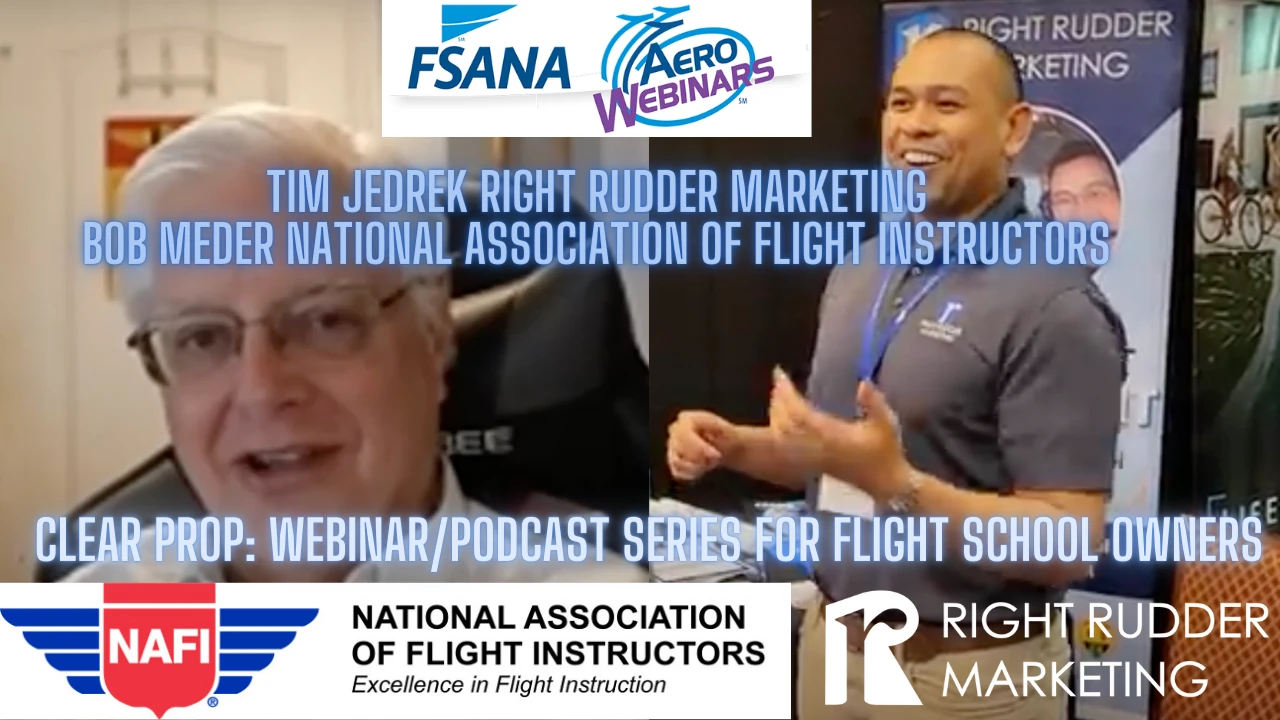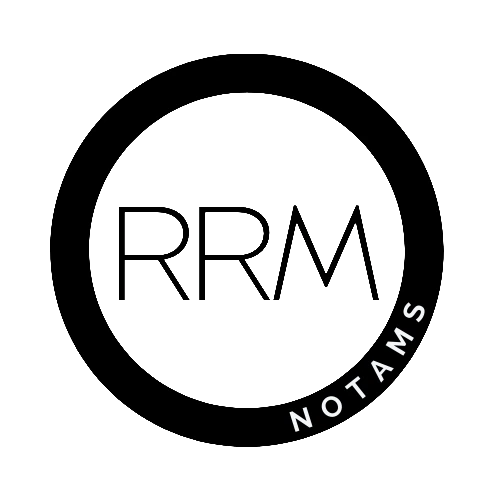
Digital Internet Marketing for Flight Schools

Mastering Heading Tags for On-Page SEO
Headings and subheadings are more than just visual elements on a webpage. They play a critical role in organizing content, improving user experience, and helping search engines understand the context and structure of your content. Using proper heading tags (H1, H2, H3, etc.) is an essential on-page SEO technique that can significantly impact your website's search engine visibility and rankings.
What are Heading Tags?
Heading tags are HTML elements that define the headings and subheadings on a web page. They range from H1 (the main heading) to H6 (the smallest subheading). These tags not only visually structure your content but also provide semantic information about the content hierarchy to search engines and other web crawlers.
The Importance of Heading Tags for SEO
- Keyword Optimization: Strategically placing your target keywords in heading tags can help search engines better understand the topic and relevance of your content. However, it's essential to use keywords naturally and avoid keyword stuffing, which can harm your SEO efforts.
- Content Structure: Heading tags create a logical content structure, making it easier for search engines to crawl and index your pages effectively. A well-structured page with descriptive headings and subheadings can improve your chances of ranking higher for relevant queries.
- User Experience: Clear headings and subheadings enhance the reading experience for users by breaking down content into easily digestible sections. This user-friendly formatting can lead to lower bounce rates and higher engagement metrics, which are positive signals for search engines.
- Accessibility: Properly structured headings also improve accessibility for users with disabilities who may rely on screen readers or other assistive technologies to navigate web content.
Best Practices for Using Heading Tags
- Use Only One H1 Tag: Each page should have only one H1 tag, which should represent the main topic or title of the page. Using multiple H1 tags can confuse search engines and users.
- Follow a Logical Hierarchy: Use heading tags in descending order (H1, H2, H3, etc.) to establish a clear content hierarchy. Skipping levels or using headings out of order can disrupt the logical flow and make your content more difficult to understand.
- Descriptive and Keyword-Rich: Craft descriptive and keyword-rich headings that accurately represent the content they introduce. This practice helps search engines better understand the context of your content and can improve your relevance for specific keyword searches.
- Consistent Style and Formatting: Maintain consistent styling and formatting for headings throughout your website. This consistency enhances the user experience and makes your content more appealing and professional.
- Use Appropriate Heading Levels: Avoid overusing H2 or H3 tags for regular paragraph text. Reserve these heading levels for their intended purposes – subheadings and sub-subheadings.
By following these best practices for heading tag usage, you can improve your website's SEO, enhance user experience, and ultimately increase your chances of ranking higher in search engine results pages (SERPs) for relevant queries.
Need Help with Heading Tag Optimization?
At Right Rudder Marketing, we understand the intricacies of on-page SEO and its impact on your website's search engine performance. Our team of experienced SEO professionals can conduct a comprehensive audit of your website's content and heading structure, identifying areas for improvement and implementing best practices.
We'll work closely with you to optimize your heading tags, ensuring they are descriptive, keyword-rich, and logically structured. By leveraging our expertise in on-page SEO, we can help you enhance your website's visibility, improve user experience, and ultimately drive more qualified traffic to your business.
Don't let poor heading tag implementation hold your website back from achieving its full potential. Contact Right Rudder Marketing today, and let us help you master this crucial on-page SEO technique.
Remember, heading tags are just one aspect of on-page SEO. A comprehensive SEO strategy should also include optimizing other elements such as meta tags, content quality, internal linking, and technical SEO factors like site speed and mobile-friendliness. At Right Rudder Marketing, we offer a full suite of SEO services tailored to meet the unique needs of your business.
Invest in your online success and partner with Right Rudder Marketing today!
More NOTAMs


How to Create SOPs to Scale Your Flight School

Flight Training Secrets - Industry Insights with Robert Meder, NAFI's Chairman Emeritus, and Tim Jedrek from Right Rudder Marketing
.webp)
Your 2024 Digital Marketing Plan (For Flight School Businesses)

Right Rudder Marketing NOTAMs
An aviation and flying blog.
Learn business and marketing.
Read the lastest news.
The Right Rudder Marketing blog
Fly with digital marketing experts that know the flight training industry.
We are a team of pilots that know the flight training industry. Because if your marketing team doesn't know what the pilot training experience is like, then how can they be successful for you? See what we're talking about by booking a call now!
Book a Strategy Call
We are a rapidly expanding pilot owned digital marketing agency working exclusively with flight schools throughout the United States. We're on a mission to help 100 flight schools double their student body and dominate their service area by 2025.
Free Resources
and Information
Free Resources
and Information
Contact Us
-
4411 Woodson Rd.

Suite 101A
St. Louis, MO 63134
Newsletter
Sign up for our latest news and articles. We will not send you spam nor share your information with other third parties.
All Rights Reserved.


